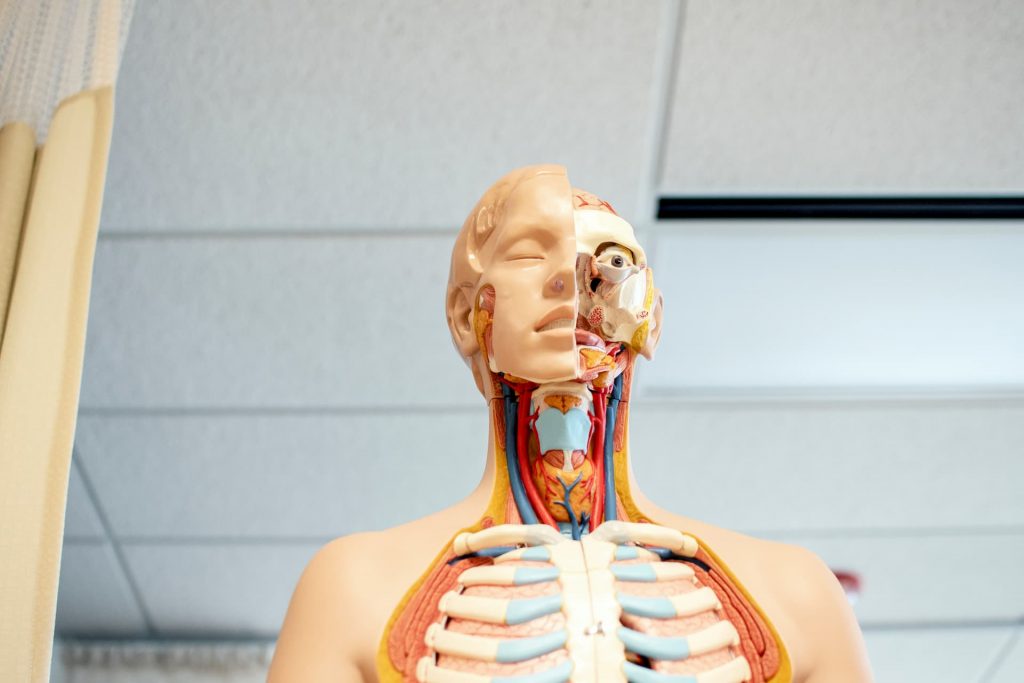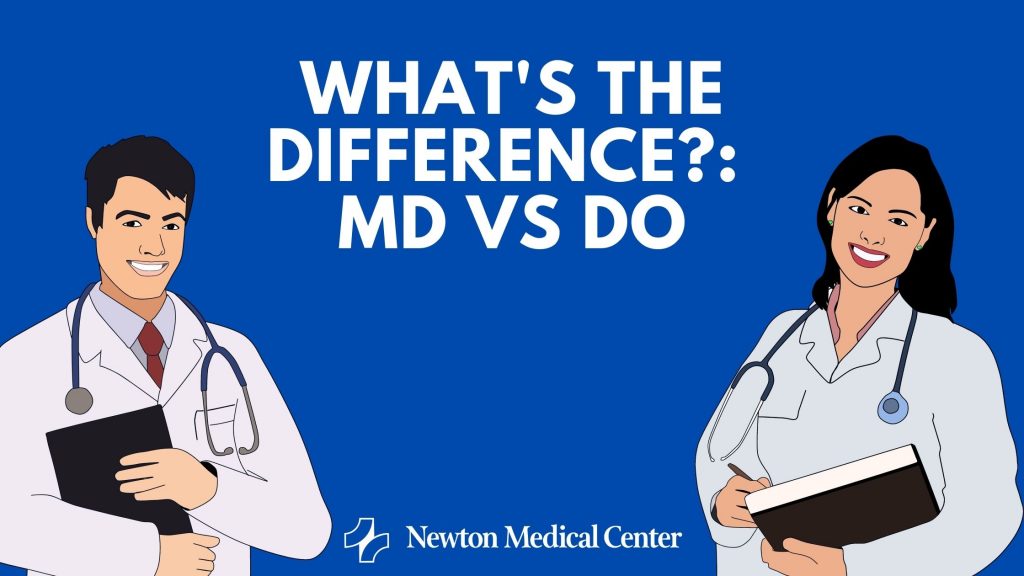Finding the right doctor may be one of the most important decisions you ever make. Not only will this person be your go-to for health questions, they’ll make sure you’re up-to-date on yearly checkups and tests.
At NMC, our family doctors are ready to serve you. They see patients from birth and beyond. Our doctors pride themselves in their focus on your health and excellent patient care.

The difference between “MD” and “DO” doctors
While most primary care doctors are family doctors, some carry different letters behind their names. You might know that a doctor usually has the letters “MD” behind their name. This stands for “Doctor of Medicine.” Doctors of Medicine specialize in “allopathic” medicine. That means they focus on signs and symptoms, and diagnosing and treating diseases.
But many doctors have the initials “DO” after their name. These initials stand for “Doctor of Osteopathic Medicine.” DOs focus more on treating the body as a whole and not just treating the symptoms.
The biggest difference between the two of them is that DOs take additional coursework to learn about the muscular and skeletal systems. They practice what is called “osteopathic manipulative treatment (OMT).” OMT is a special hands-on treatment where DOs use their hands to put pressure on a patient’s muscles or joints to help them feel better or relieve pain.
It can especially help in patients suffering from muscle pain and migraines. OMT can also help treat:
- Sinus problems
- Migraines
- Menstrual Pain
- Carpal Tunnel
- Asthma
- Tissue abnormalities
- Joint pain
- Blood flow issues

The similarities between “MD” and “DO” doctors
When it comes to what an MD or DO can treat, they are more the same than different. Both of them can treat patients, prescribe medicine and do surgeries. You will likely find both MDs and DOs in just about any specialty, including dermatology (skin doctor), emergency medicine (an emergency room or trauma unit) and as a primary care provider (family doctor).
Both MDs and DOs go through a rigorous study and must meet the same standards in practicing medicine.
While DOs are trained to consider patients’ environment, nutrition and body system as a whole, both focus on preventative care and are there for you when you’re sick.
They both also use up-to-date medical knowledge to deliver care.
DOs make up less than 10 percent of all doctors. The number will rise, as about a quarter of all medical students today are studying to practice as a DO.

What medical school looks like for MDs and DOs
When you go to school to become a doctor, it takes about seven or eight years until you are able to practice on your own. To become either an MD or a DO, students must:
- Get a 4-year college degree with physics, biology, general and organic chemistry, biochemistry, calculus and English.
- Take the MCAT (Medical College Admission Test) to assess your knowledge of subjects relating to bodily processes and functions
- Go to medical school for at least four years
- Go through residency, where you will choose general medicine or pick a specialty (it can be up to seven years for residency depending on your choice of specialty)
- Take the “boards,” which is a big test to prove you know enough to be a doctor
The differences are fewer. Where MDs apply to programs using the AMCAS application, DOs use a different one called the AACOMAS. DOs tend to get practice by doing their clinicals (on-the-job work) at rural hospitals, whereas MDs usually practice at bigger medical centers.
As of July 2020, both can apply to MD and DO programs thanks to the residency merger. Before then, MDs could only apply to MD programs and DOs had their choice of either. In order to get their license, MDs have to take the U.S. Medical Licensing Exam (USMLE) Step exams, but DOs take the Comprehensive Osteopathic Medical Licensing Exam (COMLEX) Level exams instead. However, some DOs take both to be able to apply to a larger range of programs.
Pay is about the same for both, too. There is data showing that many MDs make more than DOs, but that is only because there are more MDs and they typically pick specialties that pay more and live in areas with higher costs of living. If a DO and an MD were hired for the same job and had the same level of experience, they should make about the same.
At the end of the day, patients both MDs and DOs are physicians, and most patients care about their doctor’s ability to treat them, not which path they chose to become a doctor.
Need help to find a doctor? NMC has several clinics where you can get expert care close to home.


